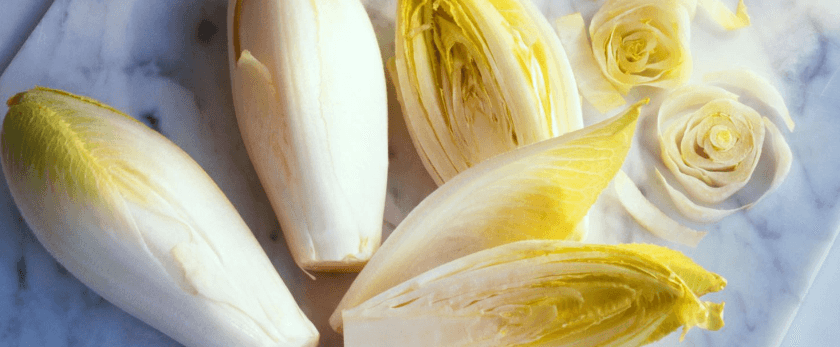Endive is a delicious and nutritious leafy green that is easy to grow in your own backyard. Not only is it a great addition to salads and other dishes, but it also has numerous health benefits. In this article, we will discuss how to care for endive, the best time to grow it, and common problems that may arise. By following these tips, you can successfully grow your own endive and enjoy its fresh, crisp taste all year round.
How to Care for Endive
Watering
Endive plants require consistent moisture to thrive. It is important to keep the soil evenly moist, but not waterlogged. This can be achieved by watering deeply once or twice a week, depending on the weather and soil conditions. It is best to water in the morning to allow the leaves to dry off during the day, which helps prevent diseases.
Light
Endive plants prefer full sun, but can also tolerate partial shade. If you are growing endive indoors, make sure to place it near a window that receives plenty of sunlight. If you are growing it outdoors, choose a spot that receives at least 6 hours of sunlight per day.
Soil
Endive plants prefer well-drained, fertile soil with a pH level between 6.0 and 6.5. If your soil is too acidic, you can add lime to raise the pH level. If it is too alkaline, you can add sulfur to lower the pH level. It is also important to ensure that the soil is rich in organic matter, which can be achieved by adding compost or aged manure.
Fertilizer
Endive plants are heavy feeders and require regular fertilization to grow strong and healthy. You can use a balanced fertilizer, such as a 10-10-10, every 2-3 weeks during the growing season. Alternatively, you can use organic fertilizers, such as fish emulsion or seaweed extract, which are gentler on the plants and the environment.
Pruning
Pruning is not necessary for endive plants, but it can help promote growth and prevent overcrowding. If you notice any damaged or diseased leaves, remove them immediately to prevent the spread of disease. You can also thin out the plants by removing any weak or overcrowded ones, which will allow the remaining plants to grow larger and healthier.
What is the Best Time to Grow Endive
Endive is a cool-season crop and can be grown in both spring and fall. It is best to plant endive in early spring, as soon as the soil can be worked, or in late summer for a fall harvest. If you live in a mild climate, you can also grow endive during the winter months. However, it is important to protect the plants from frost by covering them with a row cover or cloche.
Common Problems With Endive
Despite its easy care, endive plants can still face some common problems. Here are a few to watch out for:
- Bolting: Endive plants are prone to bolting, which is when they prematurely produce flowers and seeds. This can be caused by high temperatures or inconsistent watering. To prevent bolting, make sure to keep the soil evenly moist and provide some shade during hot summer days.
- Pests: Endive plants can be attacked by various pests, such as aphids, slugs, and snails. You can control these pests by using natural methods, such as handpicking, or by using organic pesticides.
- Diseases: Endive plants can also be susceptible to diseases, such as powdery mildew and leaf spot. To prevent these diseases, make sure to provide good air circulation and avoid overhead watering. If your plants do get infected, remove the affected leaves and treat them with an organic fungicide.
Conclusion
Growing endive is a rewarding experience that can provide you with fresh, healthy greens all year round. By following these tips on how to care for endive, the best time to grow it, and common problems that may arise, you can successfully grow your own endive and enjoy its delicious taste and numerous health benefits. So why not give it a try and add this versatile and nutritious green to your garden? Your taste buds and your body will thank you.










